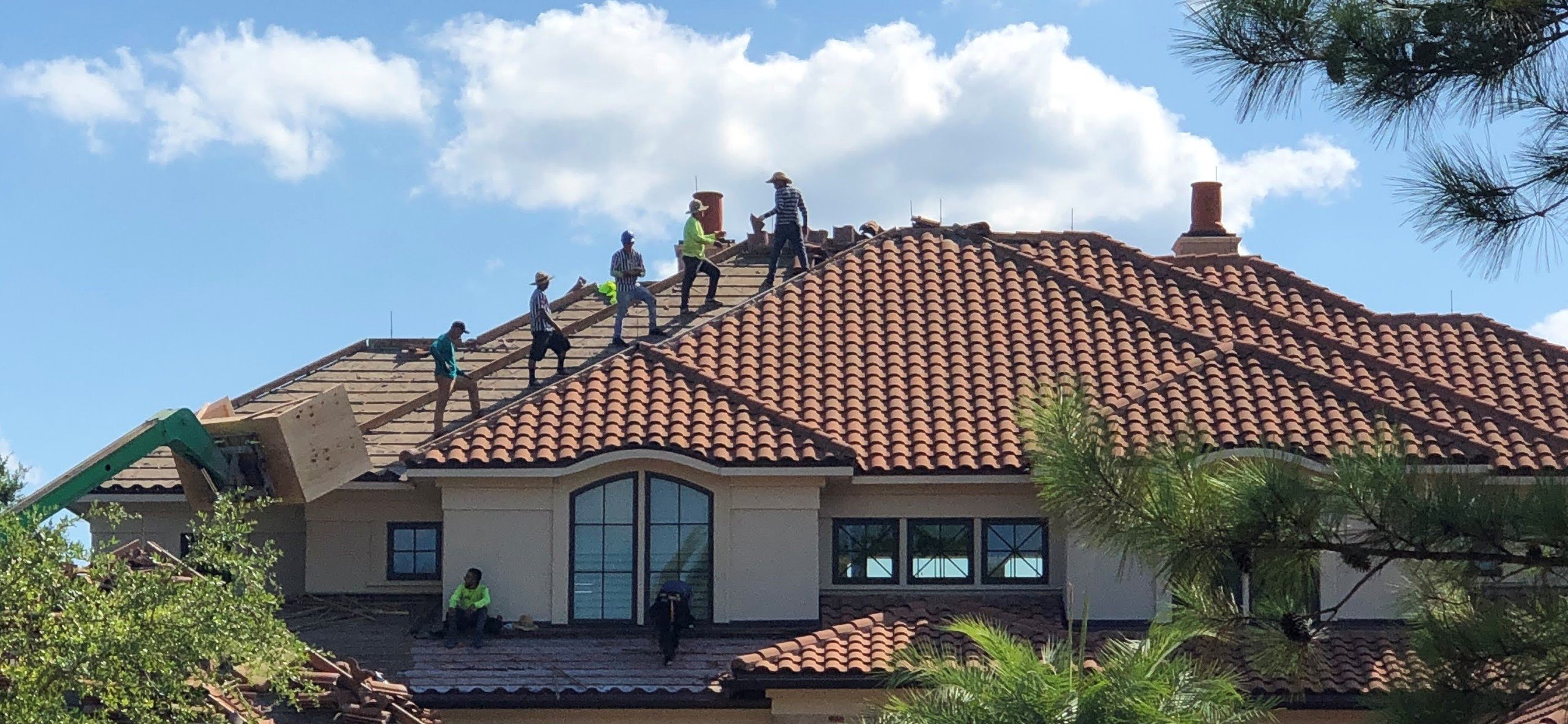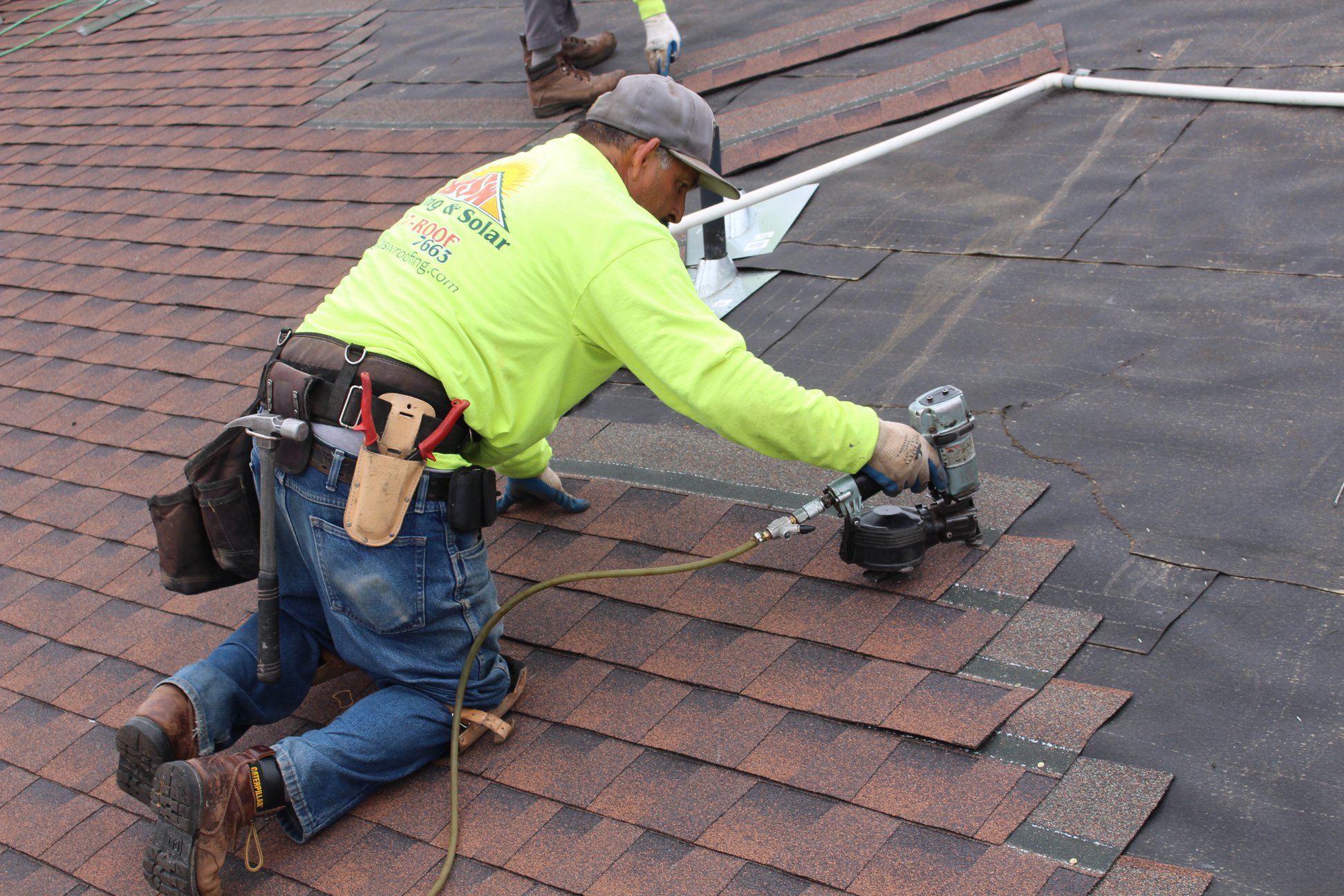Best Practices for Ensuring Appropriate Roof Ventilation
A well balanced consumption and exhaust air vent ratio, typically 1:300, plays a crucial duty, with consumption vents preferably positioned at the lower side of the roofing system for amazing air access and exhaust vents at the height for warm air departure. Keeping insulation away from vents is critical to stop air flow limitation.
Understand Air Flow Fundamentals
Effectively comprehending ventilation basics is crucial for making certain the long life and effectiveness of roof. Effective air flow alleviates moisture accumulation and temperature level extremes in the attic, both of which can cause significant architectural damages with time. A well-ventilated roof aids in stopping typical problems such as mold and mildew growth, timber rot, and ice dams, which can jeopardize the integrity of the roof materials and the underlying structures.
The primary goal of air flow is to facilitate the motion of air, enabling for a consistent exchange between the indoor and exterior atmospheres. This balance is attained via a mix of intake and exhaust vents that work together to maintain optimal air flow. Intake vents, normally located along the eaves or soffits, permit fresh air to get in the attic room area, while exhaust vents, typically situated at or near the roof covering ridge, make it possible for hot, moist air to get away.
Trick elements affecting the effectiveness of roofing ventilation include proper placement, appropriate sizing, and guaranteeing that both intake and exhaust vents are unblocked. Routine inspection and maintenance are crucial to recognize possible clogs, damages, or inadequacies in the ventilation system, consequently guarding the roofing system's efficiency and durability.
Sorts Of Roof Vents
Roof covering vents play a critical role in preserving reliable attic air flow and, by expansion, the total health and wellness of the roof system. Numerous kinds of roofing system vents are available, each with one-of-a-kind advantages customized to certain roofing demands.

Soffit vents are mounted under the eaves and operate in tandem with roofing vents to ensure a balanced intake and exhaust system. By permitting cooler air to get in from below, soffit vents assist in the expulsion of hot air via upper vents. Gable vents, located on the outside walls of the attic, offer an additional effective option, particularly in homes with gable roofs.
Examine Your Existing Ventilation

Next, think about the age and problem of your roofing products and ventilation elements. Older systems may not adhere to existing structure codes or might have weakened with time, decreasing their effectiveness. Conduct a complete assessment to recognize any kind of signs of deterioration, such as corrosion, damage, or spaces that might endanger the system's performance.
Furthermore, measure the attic room temperature level and humidity levels. High temperature levels and humidity can show here are the findings poor ventilation.
Setup Best Practices
Reliable installment of roof covering air flow systems is extremely important for making certain optimal performance and durability. Correct installation begins with recognizing the specific air flow needs of the roof covering and the structure it covers. This involves computing the correct ratio of intake to exhaust vents, usually sticking to the 1:300 policy, which specifies one square foot of air flow for each 300 square feet of attic room floor area.

The positioning of vents is similarly essential. Intake vents ought to be installed at the roofing's reduced edge, commonly in the soffits, to allow great air to get in. Exhaust vents, on the various other hand, should be set up near or at the roof covering's optimal to help with the leave of cozy, wet air. This develops a natural air movement that helps keep temperature and wetness balance within the attic room.
Seal all air vent connections diligently to stop air leakages and potential water seepage. Use top quality materials and comply with maker guidelines to make certain durability and effectiveness. Additionally, integrating ridge vents with baffles can substantially improve airflow performance by avoiding wind-driven rainfall and snow from going into the attic room.
Inevitably, specific setup of roof air flow systems alleviates possible problems such as mold and mildew growth, ice dams, and architectural damage, making certain the roof's stability and the building's general health and wellness.
Normal Upkeep Tips
Uniformity in upkeep practices is basic to making sure the long-lasting performance of roofing ventilation systems. Regular inspections are important, ideally executed biannually-- in the spring and autumn. During these examinations, ensure that vents are devoid of debris, nests, and various other blockages that might hamper air movement. Look for any kind of indications of wetness accumulation or mold, as these can suggest inappropriate ventilation or leaks (roofing companies).
Cleaning up the vents is an additional important job. Use a soft brush or a vacuum to get rid of dust and debris from intake and exhaust vents. Beware not to harm the air vent screens or louvers during the procedure. In addition, check the attic space for any kind of indications of water damages, which might compromise the stability of the roof covering system.
Proper insulation is similarly vital. Make certain that attic room insulation does not obstruct the vents, as this can severely restrict air flow. Reposition or replace it to preserve a reliable obstacle. if any insulation has moved or settled.
Finally, change Get the facts any kind of harmed or missing out on parts without delay. Damaged vents, split roof shingles, or shabby blinking can all contribute to insufficient air flow and needs to be resolved immediately. Regular upkeep makes certain that the roofing ventilation system functions ideally, consequently prolonging the life expectancy of the roof itself.
Conclusion
Ensuring proper roof covering ventilation is extremely important for keeping the efficiency and longevity of a roof. Adherence to the 1:300 consumption and exhaust vent ratio, combined with the strategic placement of vents, is vital. Regular semiannual evaluations, particles cleansing, and making sure insulation does not block air flow are critical practices. Executing these finest techniques will certainly promote a well-ventilated roof, thus reducing prospective issues related to moisture buildup and extreme warm, inevitably extending the roof covering's life expectancy.
A well balanced consumption and exhaust air vent proportion, typically 1:300, plays a crucial duty, with intake vents preferably put at the lower edge of the roofing system for great air entrance and exhaust vents at the height for warm air departure. Consumption vents, usually located along the eaves or soffits, enable fresh air to enter the attic room room, while exhaust vents, often positioned go to my site at or near the roof covering ridge, enable hot, damp air to leave.
Soffit vents are installed under the eaves and job in tandem with roof covering vents to ensure a balanced consumption and exhaust system. By permitting cooler air to go into from below, soffit vents promote the expulsion of hot air with upper vents. Adherence to the 1:300 intake and exhaust vent proportion, coupled with the tactical placement of vents, is essential.